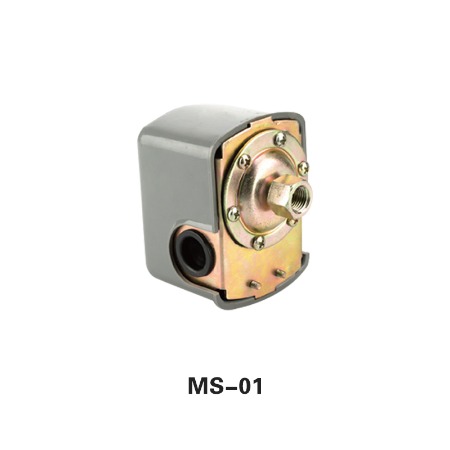










In recent years, Variable Frequency Controllers (VFCs) have gained significant traction across various industrial sectors, revolutionizing the way machinery and equipment are operated. These controllers, which allow for the precise regulation of the speed and torque of electric motors, have become i...
In today’s industrial landscape, maintaining water levels in tanks, reservoirs, and other water storage systems is essential for smooth operations. To achieve this, precise and efficient control systems are required. Among the reliable devices for this task is the Electrical Water Level Control Floa...
In today’s fast-paced industrial world, reliable and efficient water pumps are critical for ensuring smooth operations across various sectors. Among the trusted and widely used products in the market is the PMP Series Water Pump. This pump series has earned a strong reputation for its durability, hi...